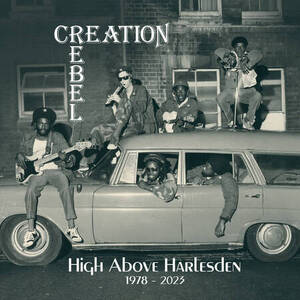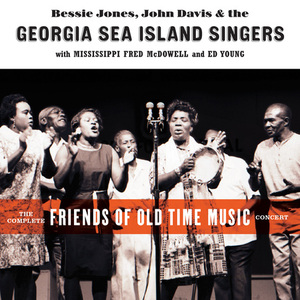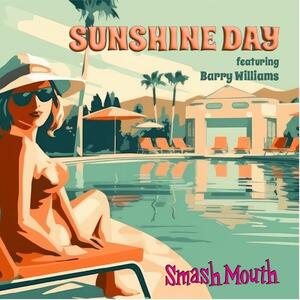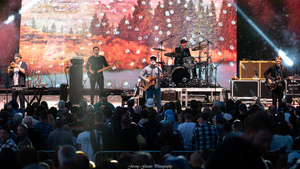
The Sacred Triangle: Bowie, Iggy & Lou
starring Angela Bowie, Leee Black Childers, Jayne County
Sexy Intellectual
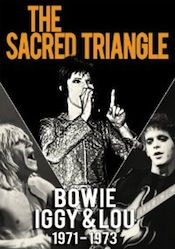
My first exposure to David Bowie was “Let’s Dance.” Yeah, I’ll let that soak in. I first heard Iggy Pop during the classic movie experience Adventures in Babysitting where “Wild Child” played in the background. My Lou Reed introduction was a little more normal, as my brother made me listen to “Walk on the Wild Side” when it came on the local classic rock radio station. Needless to say, while I have greatly expanded my appreciation for all three artists, it took a while before I ventured into their greater works, based on early exposure. The Sacred Triangle attempts to shine a light on the short period of time where these three artists were intertwined in a creative maelstrom, and it does a pretty good job.
The focal point of the documentary is the time frame between 1971 and 1973, when Bowie hit huge as Ziggy Stardust, Reed released his first solo albums, and the Stooges recorded Raw Power. However, to get to that seminal time, the first half of the film is busy setting up the back story. Through archival performance footage, classic interviews with the artists, and new interviews with people who were there (e.g., Angela Bowie, Jayne County), rock historians paint a picture of three performers who were struggling to find themselves in an uncertain time. In England, Bowie struggled with recapturing the success he had achieved in 1969 with “Space Oddity” and proving he wasn’t a one-hit wonder. In New York, Lou Reed was developing the influential sound of the Velvet Underground, along with John Cale. And in Michigan, a young Jim Osterberg was creating an outrageous on-stage persona named Iggy Pop to front the Stooges. During this setup, we get to hear about the other key influences outside of the triangle. We learn about the influence of Andy Warhol, directly on Reed in the Velvet Underground, and thus indirectly on Bowie across the ocean. With Warhol’s introduction of Nico into the band, she then recruited Iggy into their tribe after a seeing him perform one night. We learn of the friendly rivalry between Bowie and Marc Bolan, and how Bolan’s trailblazing sense of style led to “Glitter Rock” which would evolve into the “Glam Rock” scene populated by T-Rex, The Sweet, and, of course, Ziggy Stardust and the Spiders from Mars. We hear how Bowie’s addition of guitarist Mick Ronson into his band not only helped set the style for their success, but also led to his legendary producing and arranging, especially on Reed’s Transformer.
The most time is spent on Bowie, both in the back story and in the formation of Ziggy Stardust. While he gets the attention, he also gets the most criticism, with the historians painting him as more than a little opportunistic and manipulative, using Reed and Iggy to develop the style that would propel him to superstardom. Almost as a postscript, they mention the additional help Bowie gave to Iggy in Berlin many years later. Is this an accurate portrayal or perhaps critical hindsight? No one can say for sure, but it does give you pause to think.
Of course, I had noticed the influences before, but hearing some of the events that transpired to make it happen made me want to dig into my own archives again, and listen to all three of them, back-to-back, to tease out some of the nuance. I can’t think of a better review for a music documentary than making you want to seek out the music they discuss. If you think you know everything about these three already, there might not be much new here for you. But if you are even a little bit like me, and missed that seminal time, this is a fascinating lens through which to view three artists who influenced each other and countless others who followed. Although labeled as a “Collector’s Edition,” extras are slim, with text profiles of the interviewees and a short mini-doc on Nico. Video and sound quality are only as good as the source material, which varies throughout the documentary.
See of Sound: http://www.seeofsound.com



